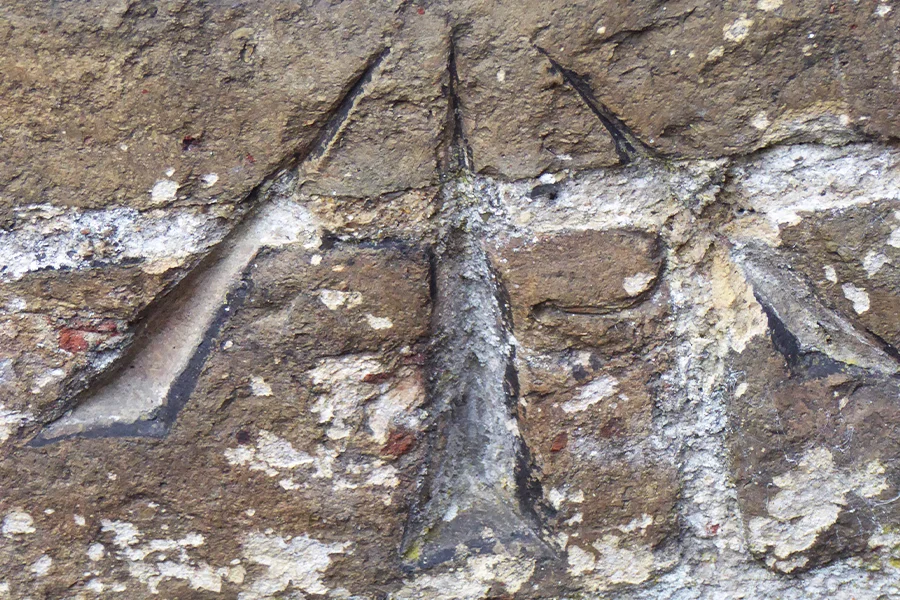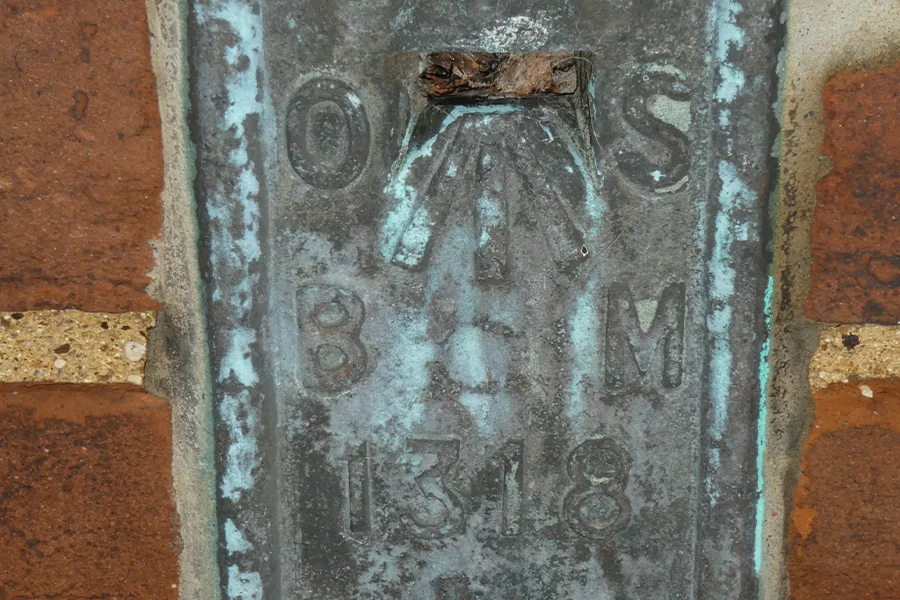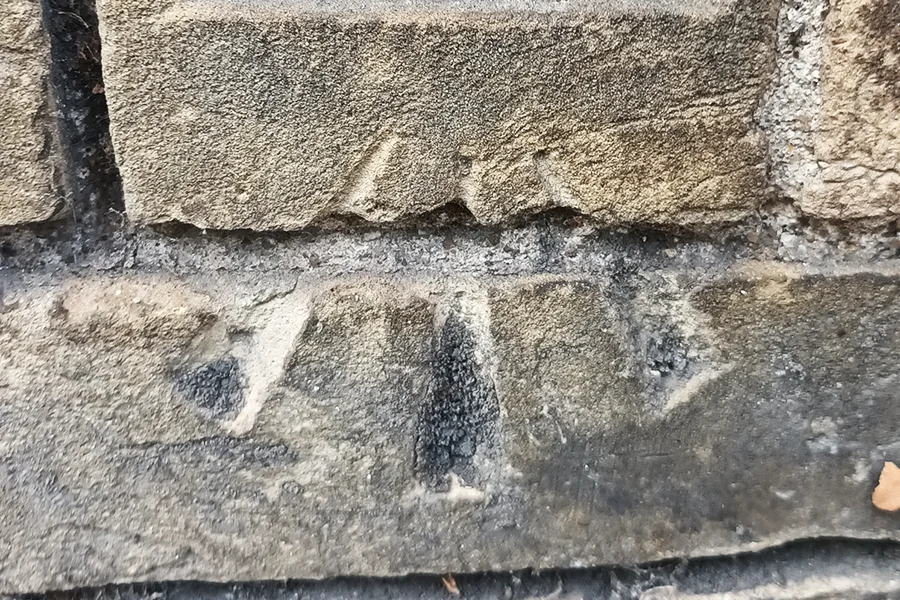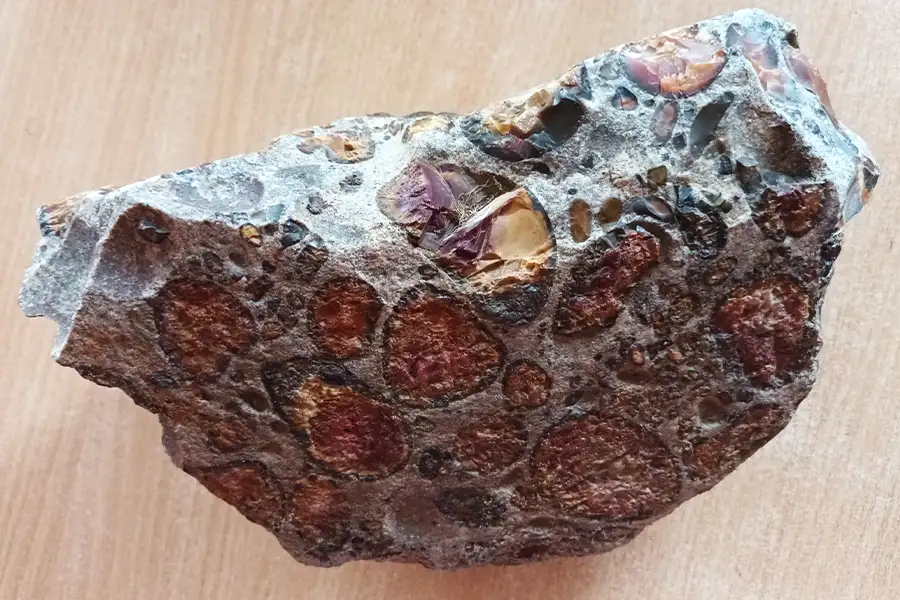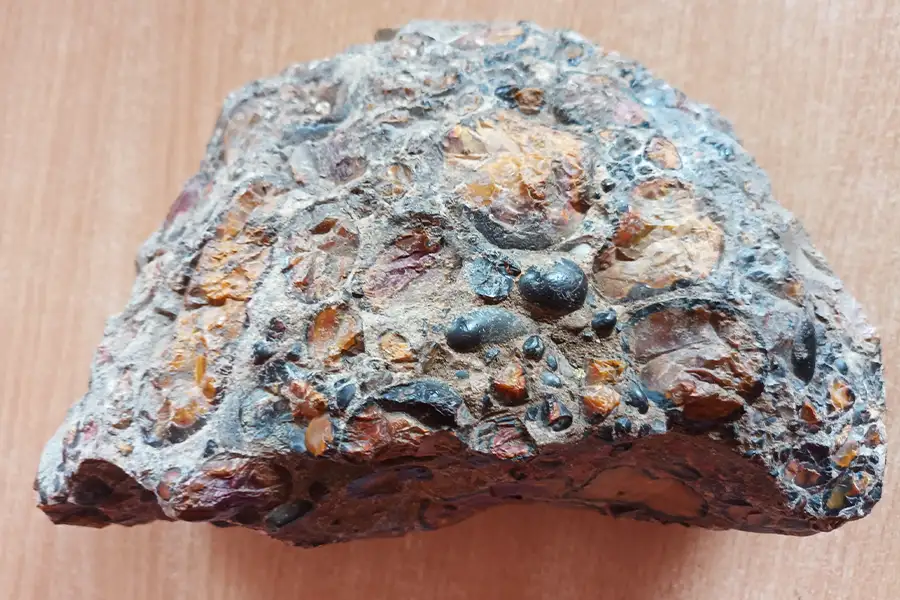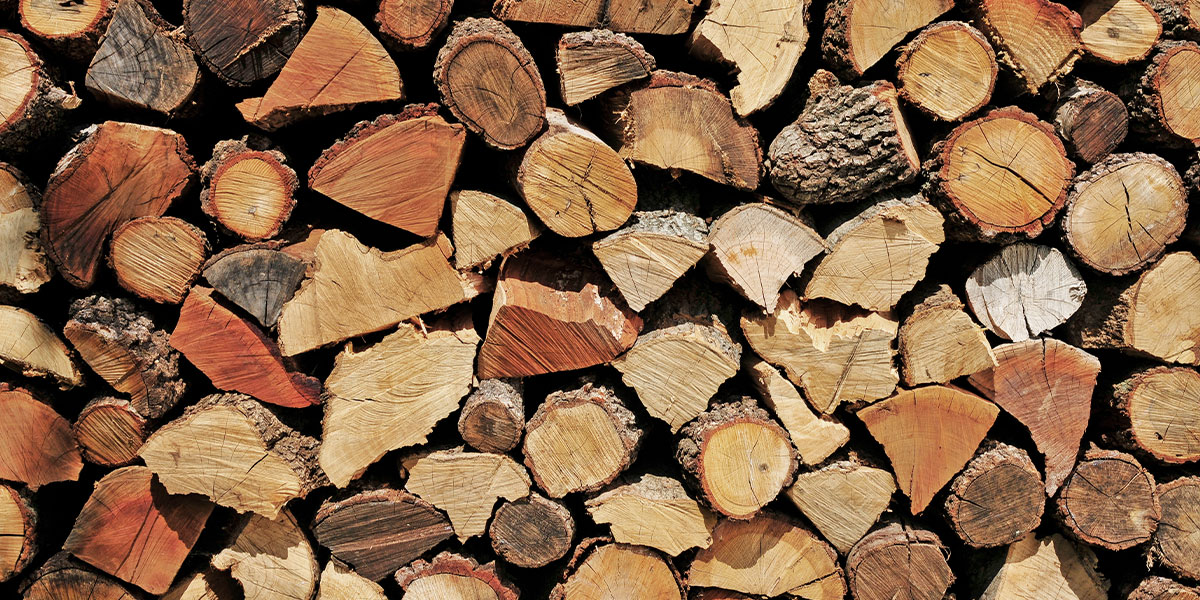
Choosing the right logs for your woodburning stove
The new wood-assured directive is now in place whereby only seasoned timber, ideally hardwood, with a maximum moisture content of up to 20% should be burned in hearths and stoves. A good merchant probably only sells seasoned hardwood anyhow, but it is extremely unusual for them to separate the logs into different types except by special request and that will, not unreasonably, cost more. If you cut your firewood yourself, the advice is to season it for 2 years and to carry out regular servicing of the wood-burning stove itself. Splitting wood increases the rate at which the logs dry significantly so is ideal for something like Larch.
Kiln-dried wood is becoming increasingly popular and is often delivered split and sawn to almost uniform sizes in boxes or pallets. Not surprisingly, traditionalists tend to resist this choice!
So…if we wish to be a little discerning, which are the best logs to burn?
In my opinion the ideal seasoned woods provide a consistent strong burn and reduced tar levels. Here are a few of the best and the worst:
- Oak grows slowly and burns slowly. Lovely. This dense hardwood is ideal for those who want to continue to generate some heat overnight and probably use the embers to rekindle the fire the next day. Otherwise, mix it with some faster burning wood that creates lively flames such as Birch to keep it active. Birch is fairly good in some circumstance as a quick burn, but does have a high sap content, so use sparingly.
- Ash is great, it splits easily and will give a good, steady, strong flame.
- Beech is popular too, but really needs 3 years to dry properly.
- Cedar gets mixed reviews, possibly because it will spit, but I do find it long lasting and fragrant even though it has a small flame.
- Elm, contrary to common belief, does burn but has to be very, very dry.
- Fruit Woods: Apple and Cherry are pretty awesome, not least because they burn with a lovely fragrance. Some people use Cherry bark to light fires with. Plum and Pear are not bad either, but the trick, again is in the seasoning.
- Yew is pretty good as well with a satisfying slow burn
Best avoided are the softwoods which burn too quickly and often create sparks. This includes woods such as Spruce, Chestnut, Eucalyptus, Lime and most types of Pine. Pine and woods high in resin deposit high levels of tar where you don’t want them, such as around the top of a flue, where it cools quickly. Sometimes this can block the flue and definitely increases the fire risk. There are also some difficult woods which barely burn at all such as Willow, which is particularly poor. Also avoid painted and treated timber, MDF, chipboard or other composites; these will create fumes, make a mess of the front window and deposit substances you don’t want.
The real challenge though is in finding a reliable supplier who is able to locate and season the logs properly. Buy them seasoned and early; then store dry for another year or so. If you want good wood, remember proper storage is essential. The wood should be under cover, off the ground and above all else, kept dry.
Bench Marks
Unveiling the hidden markers that shaped the UK's accurate mapping – now overlooked, yet in plain [...]
Imperial Lengths and Areas
Although officially only used since 1824, there was 141 years until Great Britain changed to the [...]
Ancient Marvels: Uncovering the True Identity of a Pudding Stone Beehive Quern
Discover the fascinating history behind a 60-million-year-old artifact, mistaken for Portland cement, and its journey [...]
